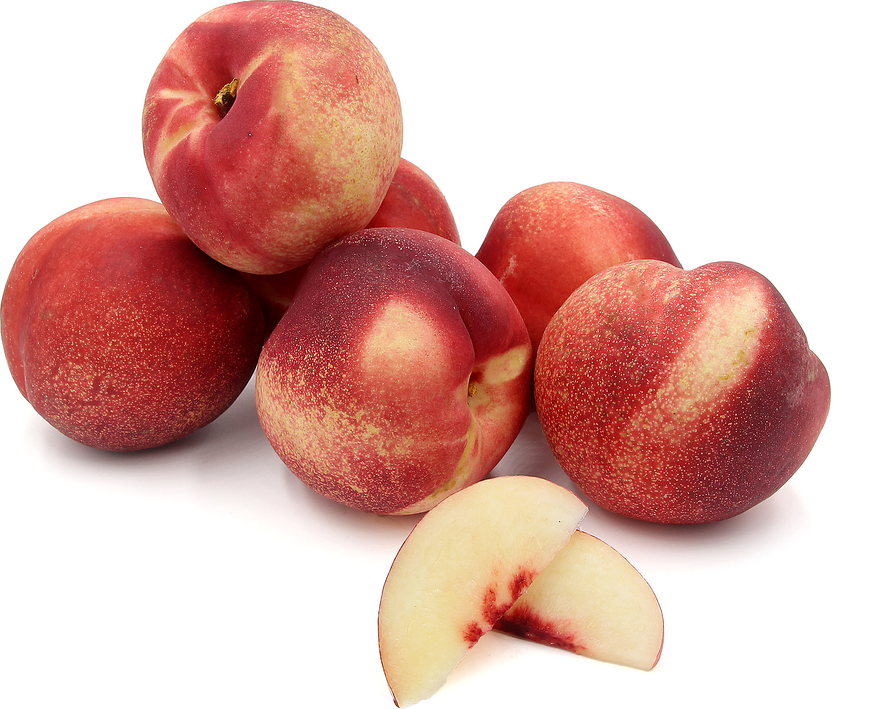


White Nectarines
Estimated Inventory, 18 lbs : 0
This item was last sold on : 10/17/24
Description/Taste
White nectarines distinguish themselves from Yellow nectarine varieties in their balance of sugar and acid. White nectarines lack the acidity that yellow nectarines contain, thus they are referred to as sub-acid. Fruits are rounded and slightly heart-shaped with a single central groove. Their skin is paper thin, smooth and blushed with hues of ruby, pink and ivory throughout. The flesh is perfumed with aromatics, overtly juicy when ripe, and creamy in color. A ripe White nectarine's texture is tender firm with a melting quality, its flavors rich and decadently sweet with baking spice nuances.
Current Facts
White nectarines, botanical name, Prunus persica nucipersica, are a stone fruit and species within the genus, Prunus, alongside cherries, apricots, plums and almonds. Nectarines are the result of a natural occurring genetic mutation of peaches. There are dozens of white nectarine varieties, with names such as Arctic Rose and Heavenly White. The season for White nectarines continues to expand with the introduction of early ripening nectarines that have been developed to reach the same level of quality and sweetness of their mid and late-summer counterparts. One of the most successful early ripening varieties is named Polar Lights, developed by revered stone fruit horticulturist, Floyd Zaiger.
Applications
White nectarines are best suited for fresh eating, yet they can also be poached, grilled, made into a compote, syrup, jelly and infused into drinks or added to dessert recipes such as cakes, pies and ice cream. White nectarines pair well with other stone fruit such as apricots, cherries and almonds, citrus, bramble berries, vanilla, cinnamon, cloves, cream and custards. Savory companions include herbs such as basil, cilantro and arugula, hazelnut and pistachio nuts and oil, aged cheeses such as manchego, mild cheeses such as chevre and burrata and shellfish such as scallops and shrimp. White nectarines should be stored at room temperature until ripe, then refrigerated. The fruit will remain at that stage of ripeness and can be refrigerated for up to seven days.
Geography/History
Genetic studies have concluded that nectarines evolved due to a recessive allele. Without two copies of a gene, specific genetic traits will not be inherited. Thus, the nectarine naturally occurred as a fuzz-free peach. Bud mutations were isolated and planted as second generation trees to produce nectarine trees. Nectarines still naturally occur as bud mutations on peach trees. The trees' preferred climate is similar to that of the peach. Their growing regions are regulated by the seasons. Only in late spring and summer will fruit become ripe. Nectarine trees need cold weather during the winter in order for the buds to develop properly and a hot dry spring and summer for fruit to ripen. Cultivation occurs in both the Northern and Southern hemispheres which experience opposite summers and winters.
Recipe Ideas
Recipes that include White Nectarines. One




